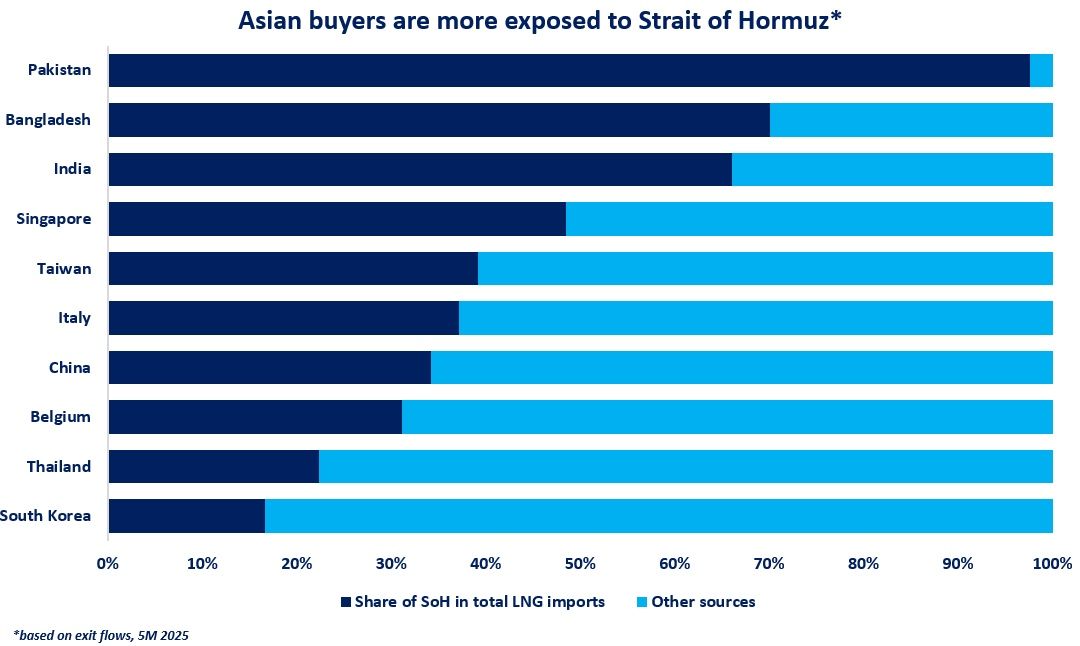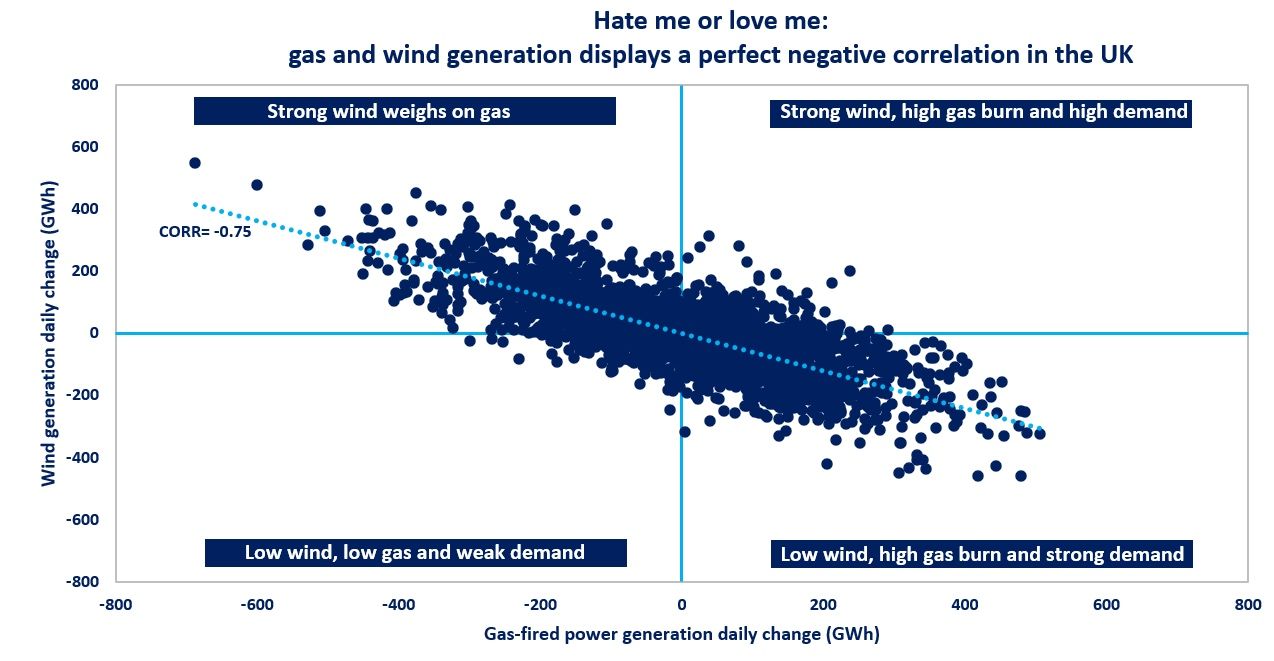

As Europe’s gas stocks are on course to enter 2023 injection season close to or at record high levels, either demand or supply response is needed to remove any potential surplus from the region.
On the supply side, all eyes are on the development in LNG deliveries to the European terminals, with China pivoting away from its zero-Covid policy and price-sensitive buyers in South Asia starting to feel themselves comfortable with bidding for spot cargoes.
Another option to bring Europe’s gas market to balance is the resurgence in gas consumption, which declined drastically over the last year.
Among three parts of demand, res/com is less suitable for adding enough amount of consumption as summer approaches and weather-related impacts will only have limited effect.
Industries accounted for the lion’s share of demand destruction across Europe in 2022, but from how they have responded to lower gas prices since late 2022 it seems their appetite for gas will need more time to bounce back.
Not to mention that some large manufacturers do not have at all plans to bring output back to pre-crisis levels, optimizing production costs by shifting operations to other locations.
In other words, coal-to-gas switching should be the best candidate for the job. Amid the drop in gas prices over the last two months or so, high-efficiency gas plants in Northwest Europe have become more profitable to operate than least-efficiency generators on brown coal.
This resulted in the latter’s share in German electricity generation mix decreasing by ~2.5 percentage points in Jan/early Feb compared to Q4 ’22, while that of gas-fired plants rose by ~1.5 percentage points over the same period. Not a big increase, but this marks a contrast with how things developed in the second half of 2022.
To successfully compete with hard coal-fired plants, current gas prices need to decline further significantly and remain at a lower level for at least some period of time.
But the uncertainty and unpredictability of the war-related situation may add volatility to the gas market.
More hydro and nuclear electricity output expected this year can also limit the rise in gas demand from power generators.
Even with all that, the price responsiveness of gas-to-power demand makes fuel switching the optimal option for dealing with oversupply within a reasonable time.
Source: Yakov GRABAR (LinkedIn)













